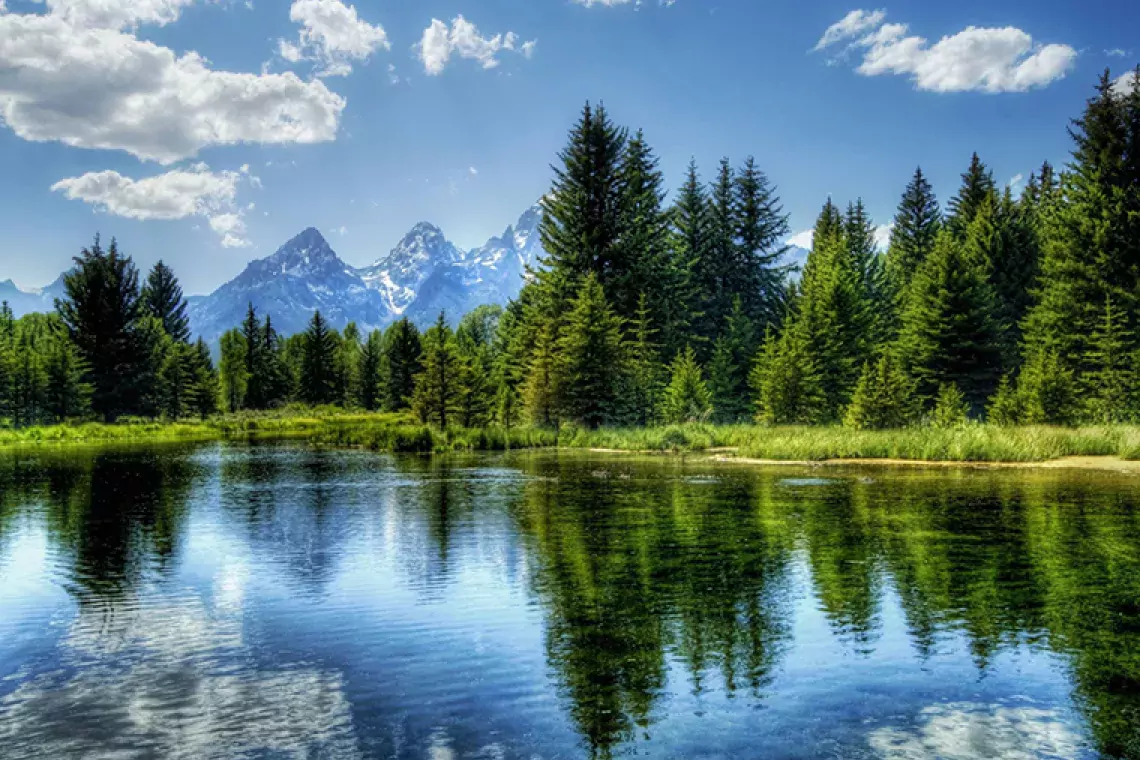A Look at How the Government Acquires Public Lands
This Saturday is National Public Lands Day—the nation's largest single-day volunteer effort aimed at restoring and celebrating national parks, refuges, and forests. Many of these lands have belonged to the public for decades while others have been added recently as the government continues to acquire land for public use.
In today’s WatchBlog, we discuss our recent report on one of the ways the federal government acquires public lands—the Land and Water Conservation Fund (LWCF).
What is the LWCF?
The LWCF was established in 1965 to help preserve, develop, and ensure accessibility to outdoor recreation.
Four federal land management agencies have access to the LWCF:
- Bureau of Land Management manages public lands to support activities such as recreation, grazing, timber, mining, and conservation.
- Fish and Wildlife Service manages national wildlife refuges, wetlands, and other special management areas dedicated to conserving and restoring wildlife habitat.
- National Park Service manages land units, such as national parks, national monuments, and national battlefields, to conserve lands and resources and make them available for public use.
- Forest Service manages national forests and grasslands that support, among other things, recreation, grazing, timber, and conservation.
Almost all of the LWCF’s funding comes from royalties and other fees that companies pay for oil and gas leasing. From FY 2014-2018, the 4 agencies received nearly $1.9 billion from the LWCF: about half of the funds went to land acquisition and the other half to conservation and recreation purposes.
Acquiring public lands
Agencies generally acquire land by:
- purchasing the land from a landowner
- accepting donations of land from a landowner
- exchanging federal land for privately-owned land or other property, such as timber
In FY 2013-2017, the 4 agencies used LWCF appropriations to acquire more than 850,000 acres—mostly within the boundaries of their land units. For example, federal land can encompass land that’s owned by other entities.
During this time, the LWCF was used for projects such as:
- preserving critical wildlife habitat and migration routes, and preventing private development within Grand Teton National Park, Wyoming
- supporting access for hunters, backpackers, and others in Rio Grande del Norte National Monument, New Mexico
- protecting key forest habitat for the Delmarva Peninsula fox squirrel and songbirds in Blackwater National Wildlife Refuge, Maryland
Selecting land to acquire
We looked at the process for selecting land to acquire and found that, generally, staff at land units identify projects and send them to regional offices for review. From there, headquarters assesses and submits the projects to Congress.
We also found that, unlike other agencies, BLM doesn't maintain centralized data on how it obtains land with LWCF funds. It also couldn’t identify all lands it acquired with LWCF funds. We recommended that the bureau improve its data collection efforts.
- Comments on GAO’s WatchBlog? Contact blog@gao.gov.
GAO Contacts
Related Products

GAO's mission is to provide Congress with fact-based, nonpartisan information that can help improve federal government performance and ensure accountability for the benefit of the American people. GAO launched its WatchBlog in January, 2014, as part of its continuing effort to reach its audiences—Congress and the American people—where they are currently looking for information.
The blog format allows GAO to provide a little more context about its work than it can offer on its other social media platforms. Posts will tie GAO work to current events and the news; show how GAO’s work is affecting agencies or legislation; highlight reports, testimonies, and issue areas where GAO does work; and provide information about GAO itself, among other things.
Please send any feedback on GAO's WatchBlog to blog@gao.gov.






